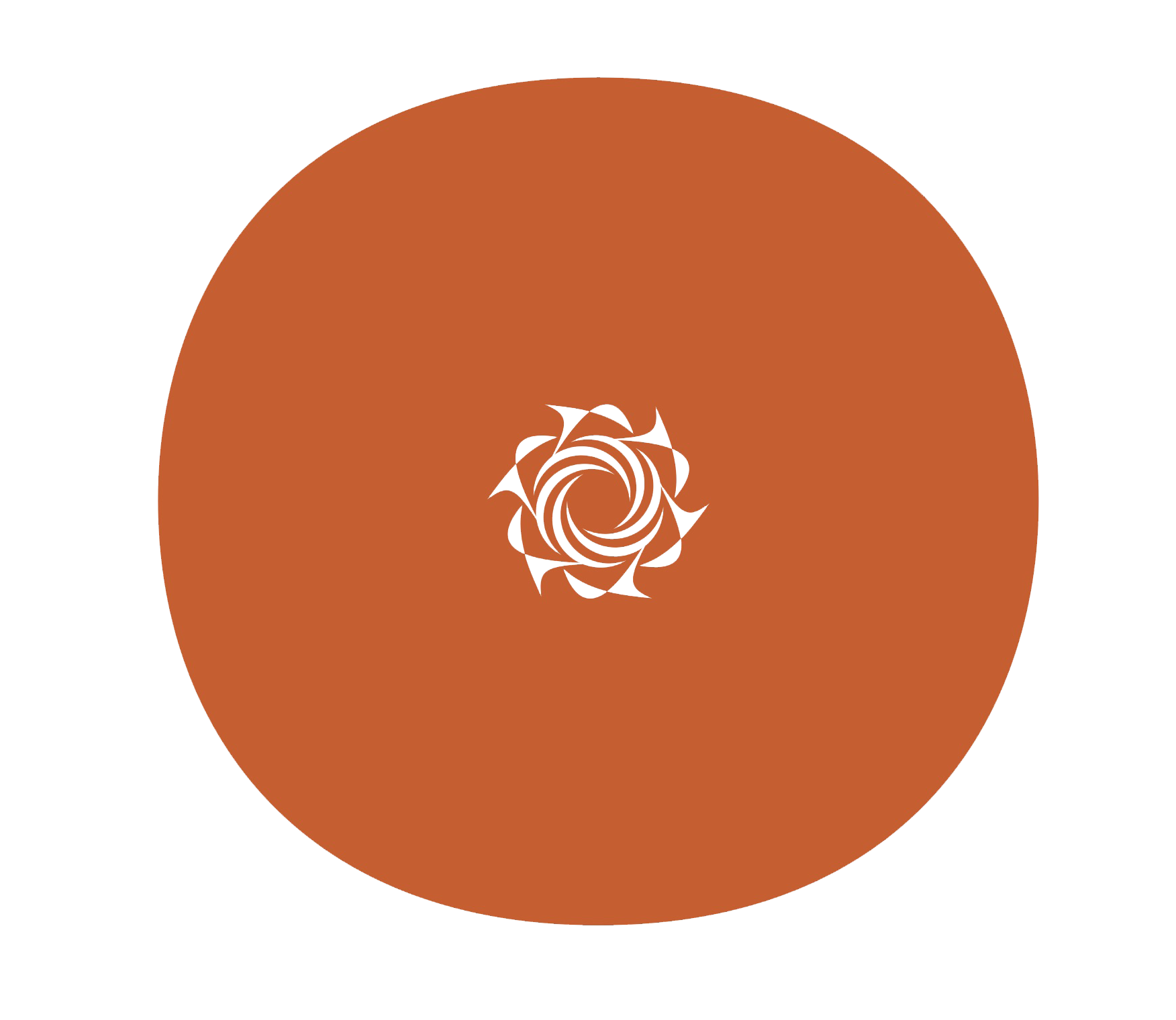Bench 4/7
Welcome to the Fiegl’s bench, a terrace on history.
In front of you, you have the city of Gorizia. It is easy to locate, it is the one with the castle. On the left, past the Kostanjevica monastery, is Nova Gorica. It is characterised by a more modern architecture. Turning our gaze 90 degrees, Monte Sabotino dominates us all. Theater of bloody battles during the Great War, today it is a destination for breathtaking walks. Turning another 90 degrees, we meet the bell tower of San Floriano del Collio. From the church square, you can see the Julian Alps, the vineyards and the Adriatic Sea. The tour is completed after another 90 degrees, bypassing the Obelisk of the 4 generals. Behind is the Podgora.
Before the devastation of the war, it was rich in vineyards and olive groves. Podgora - Oslavia - Sabotino was the northern Austrian defense line close to Gorizia. Where the Fiegl bench stands, until May 1915, stood the church and the "center" of the village of Oslavia. Everything was razed to the ground. You have to imagine Oslavia as a different village than it is today.
It was made up of 3 main villages:
“Gasa” the southernmost
“Oslavje” where you are
“Berjec” the northern district
With the reconstruction it was decided to structure the town along the main road, as you see it today. The story linked to the church is bizarre. At the end of the conflict, the parish priest went to Ljubljana to collect the money needed to rebuild the church. Unfortunately, he died in Ljubljana. The sum was not collected and Oslavia found itself without a church. For the record, it was dedicated to San Michele. In its place the Obelisk of the 4 generals was erected. Dedicated to 4 officials who died for the conquest of Gorizia. The obelisk was surrounded by the graves of the soldiers, who in 1938 were moved to the Ossuary of Oslavia. That white cylinder in front of you. In it, lie 57,000 fallen. A visit to the Ossuary is a must!
On your right there is a symbol of hope. Legend has it that in that desolated land that was Oslavia at the end of the conflict, a vine branch sprouted from the barren land. That vine was from Ribolla Gialla. A sign for the inhabitants. The villagers understood that grapes and wine were their hope for the future. Goodness! I have been too long. I'm sorry I stole your time. But I love my town and I get wordy when I talk about it. I'll let you continue towards the other 6 orange benches of the path. Each one has a story to tell.
Enjoy your walk.

